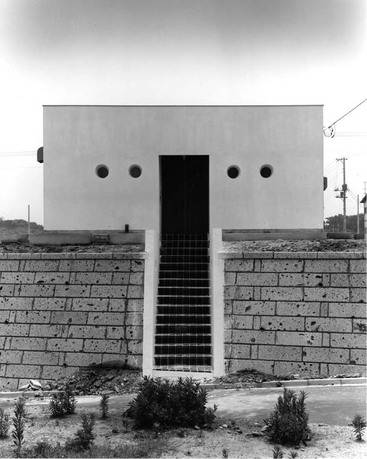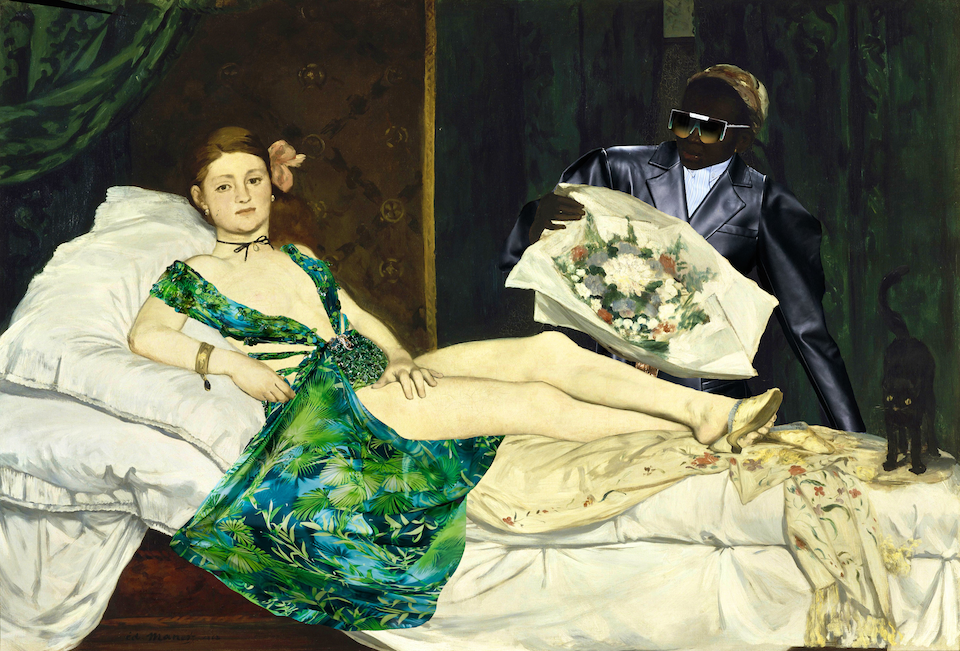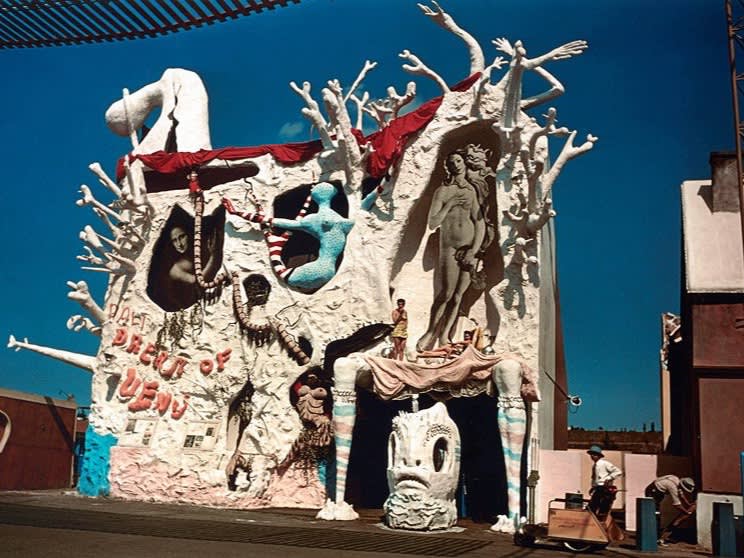For Prada’s Spring Summer 2013 show, Miuccia Prada wrote an ode to Japanese femininity. Using this inspiration as a through line for the collection, Prada then married the aesthetics of traditional, contemporary, and futuristic. In doing so, traditional influences of the geisha were paired with harajuku style accessories, bringing together modern Japanese womenswear with that of history.
There is something delicate here in Miuccia’s interpretation of Japonisme. Satin fabrics are folded in form reminiscent of the paper folds of origami. Oriental white floral patterns, sometimes consisting of just one or two flowers are featured on simple back dresses. Delicate silk ties on the shoes are neatly tied into ballerina-esque bows. But similarly, there is also something quite edgy here, most notably by way of accessories. The footwear in this collection consists of metallic sock-like pieces separated at the big toe. Often, the shoes feature thick platforms striped in black, white, and neon green. With Prada’s color choice and unique design, they almost suggest a space-age aesthetic. Architectural bags and sunglasses are ornamented with floral graphics similar to those found on the garments.
As the show goes on, Miuccia introduces color (particularly deep green, then bold red, and on to girlish pinks and pastelle greens) to the garments as well as varying patterns and silhouettes. We begin to see a range of cuts from high neck to off-the-shoulder, and a lovely crop of fur jackets. The florals begin to travel from traditional to Warholian and back again. In this way, Prada is able to beautifully take historic inspiration and pepper in modern characteristics in a way that feels both natural and new.
Traditional elements like kimono-like silhouettes, structured satins, and even the precise red lip were notable highlights of inspiration for Miuccia Prada here. But what she pulls off in this collection is proof of her mastery in applying a subtle, unexpected modern lens. Prada pays homage to a Geisha-like femininity while also challenging it, and bringing that aesthetic to coexist with a new bold, daring take on womanhood.
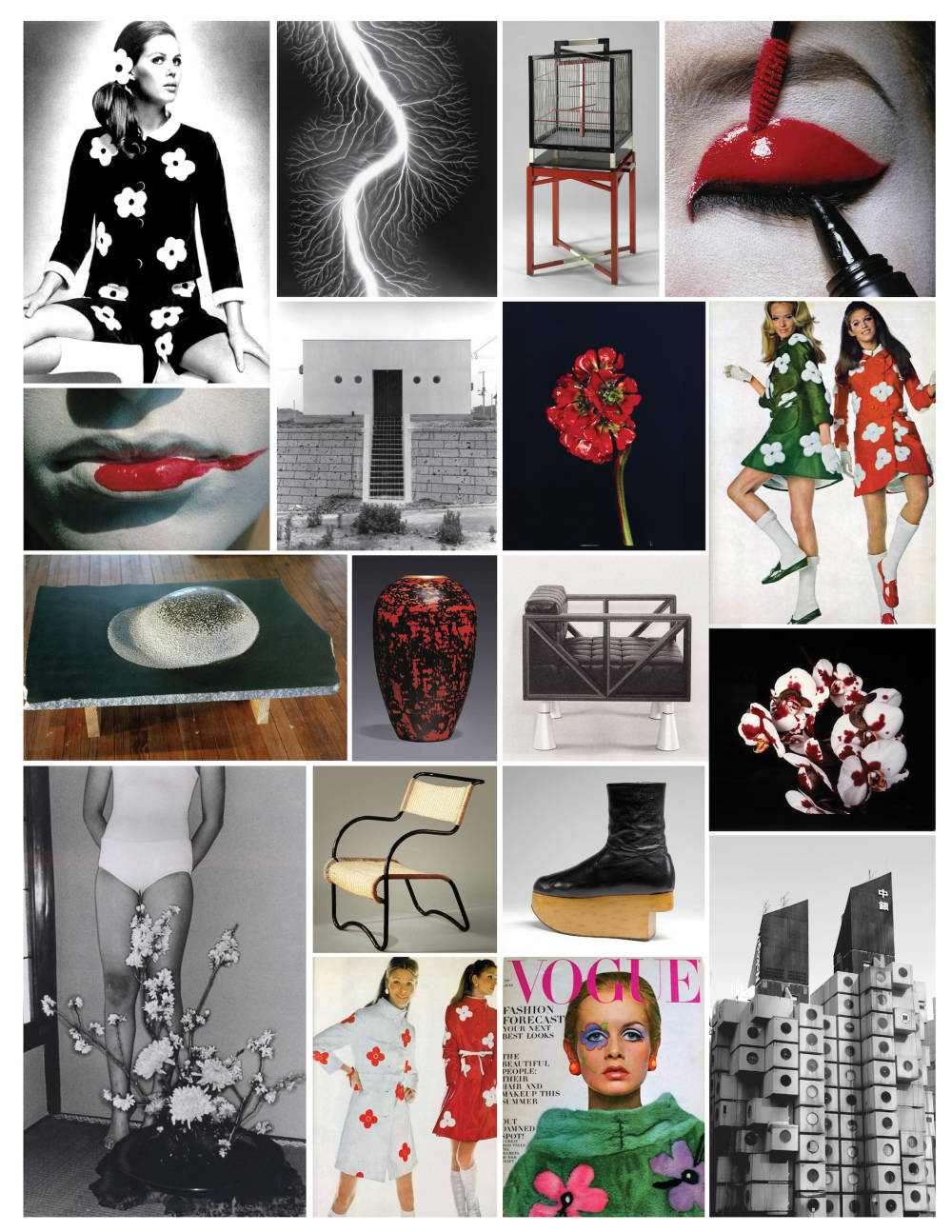
References
- 1
- 2
Mary Quant
Mod Ensemble, 1960d
Irving Penn
Red-Lacquered Lid, New York, 1994
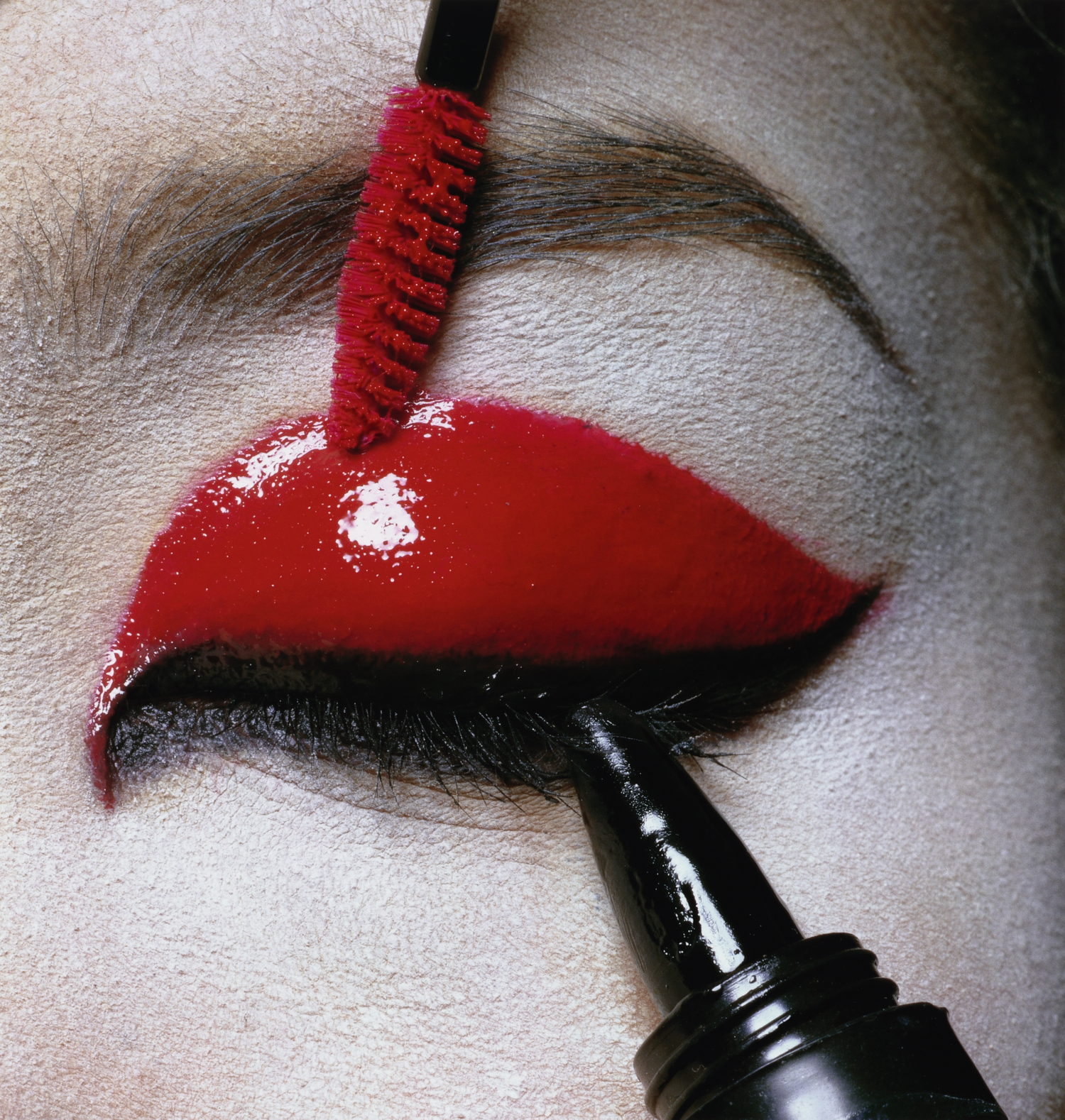
Vivienne Westwood
Rocking Horse Boots, 1985
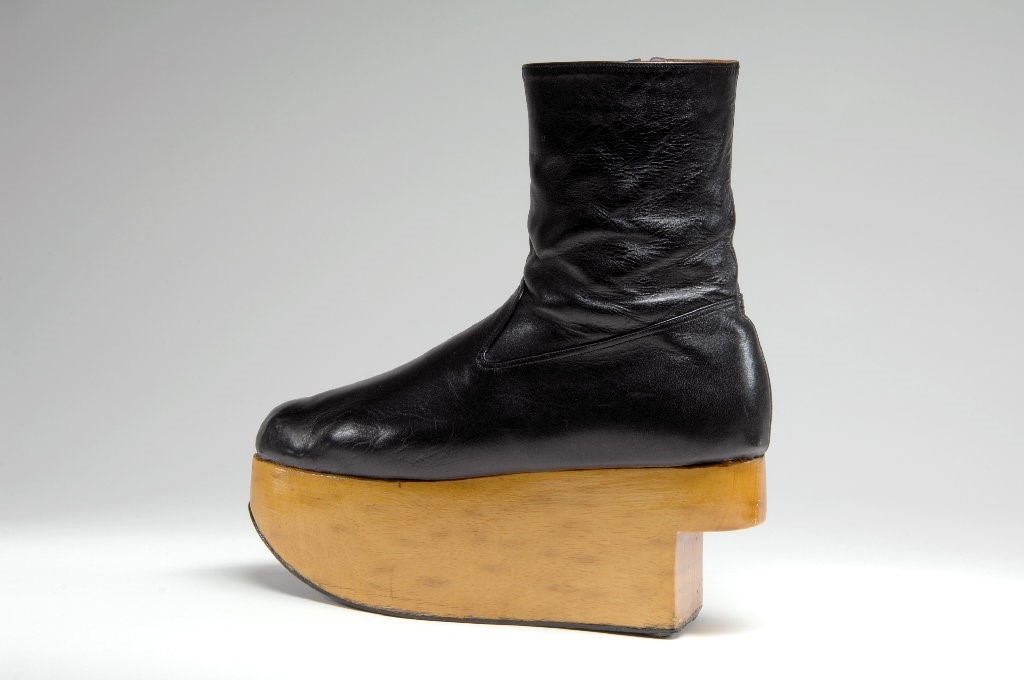
Jean Burkhalter
Armchair, 1930
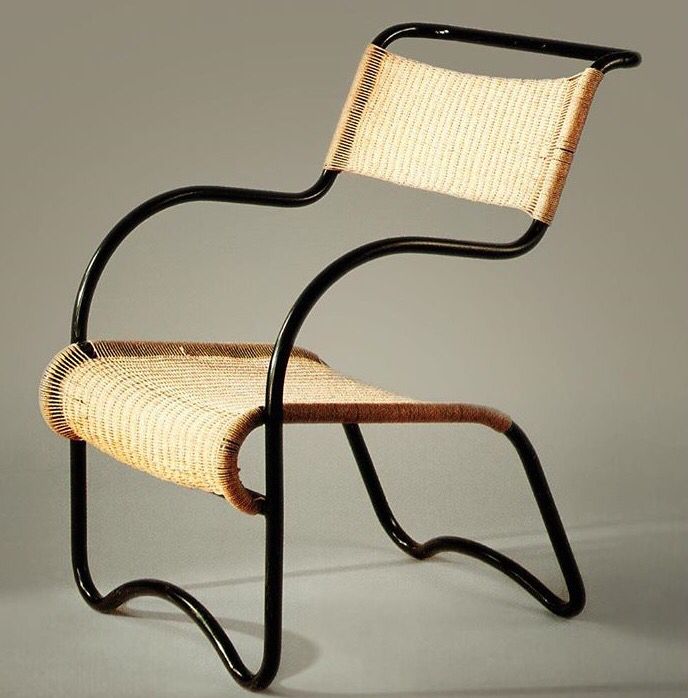
Nobuyoshi Araki
from the Erotos Series, 1993
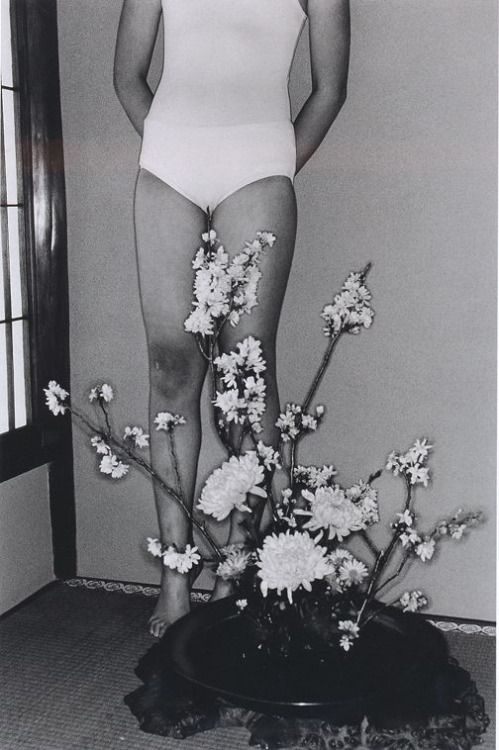
Jean Dunand
A Vase, Circa 1925

Pierre Legrain
Bird Cage on Stand (for Jacques Doucet residence, Paris, France), 1925
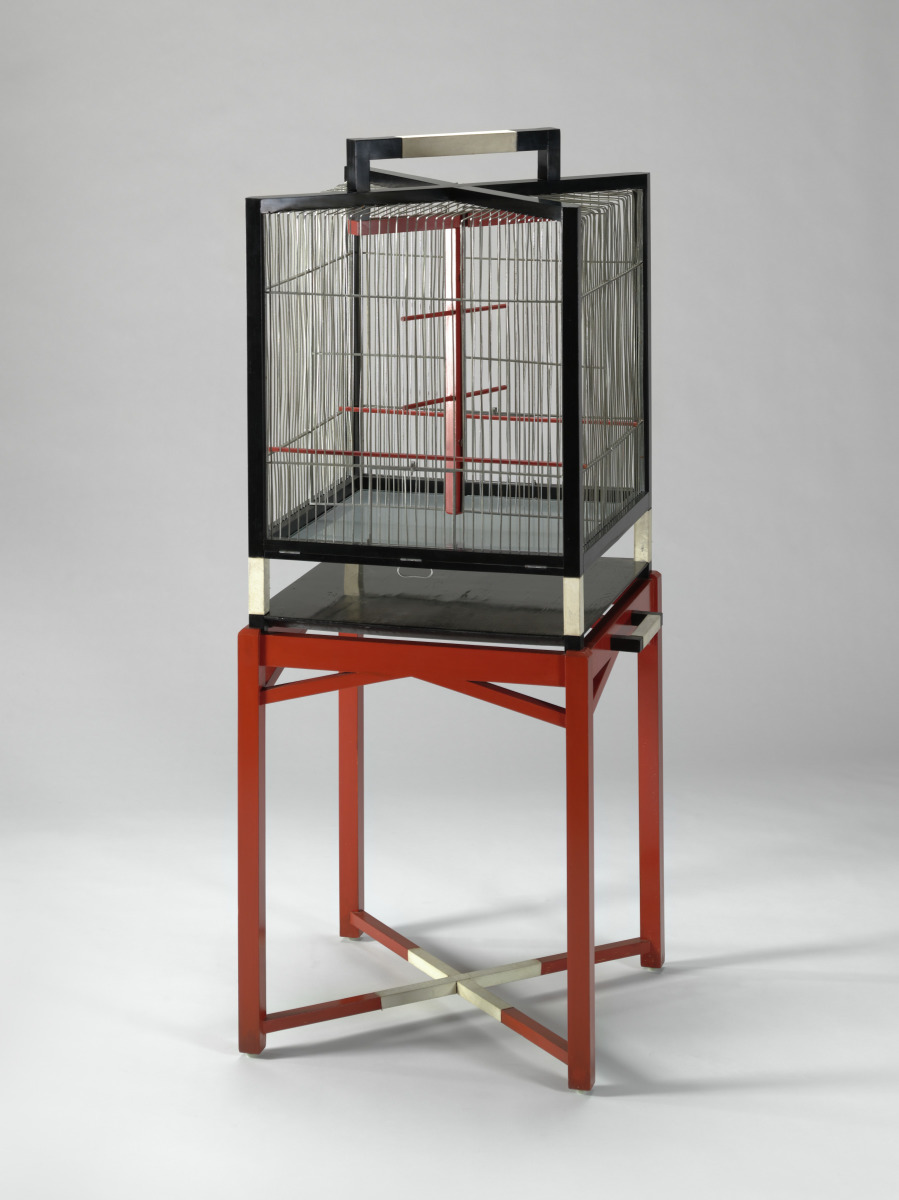
Bert Stern
Vogue, 1968

Helmut Newton
Lips, Vogue 1983
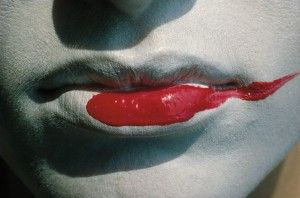
Kisho Kurokawa
Nakagin Capsule Tower, 1972, Chūō-ku, Japan
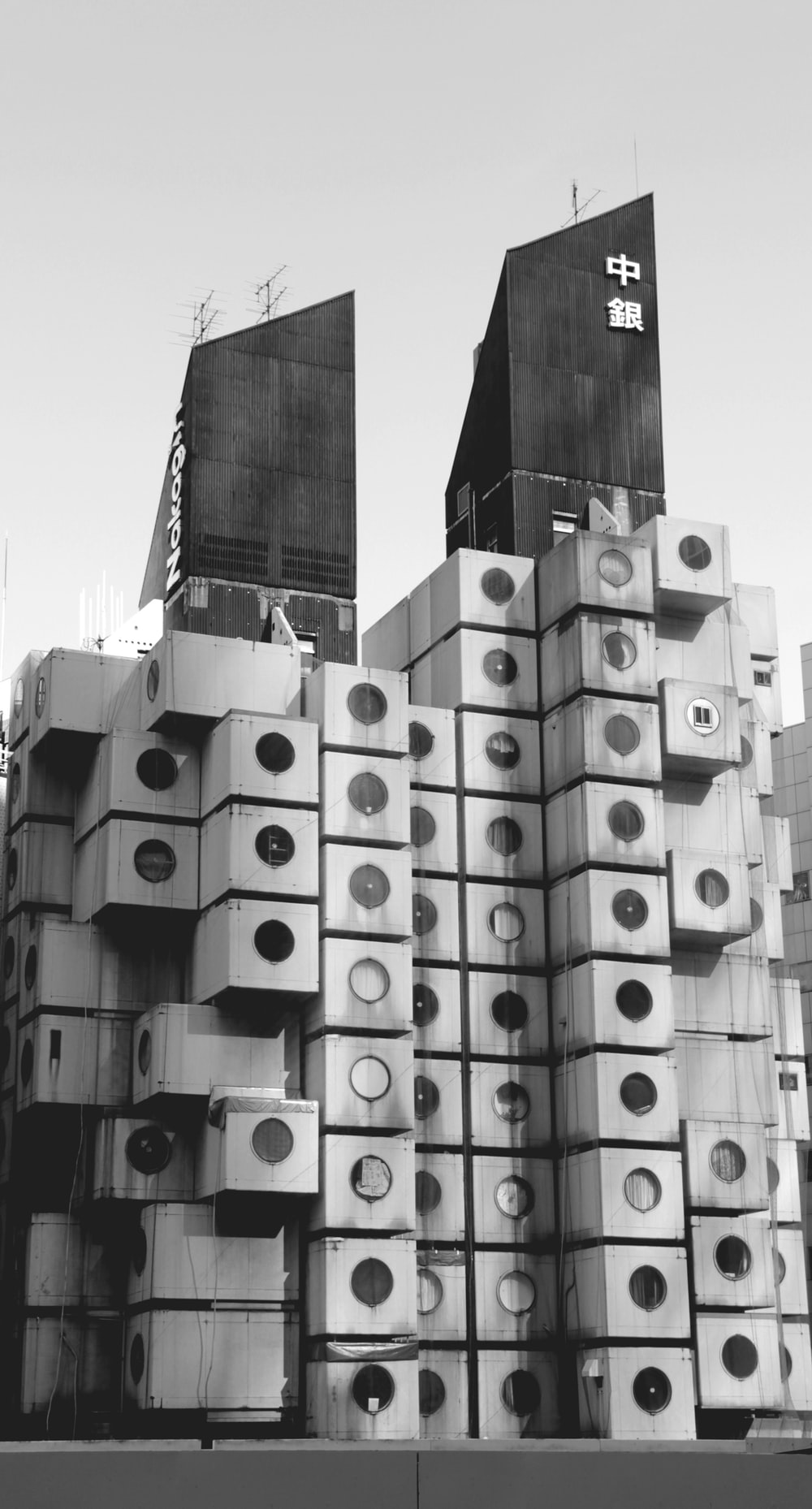
Kisho Kurokawa
Edo Armchair, for Tendo Co.
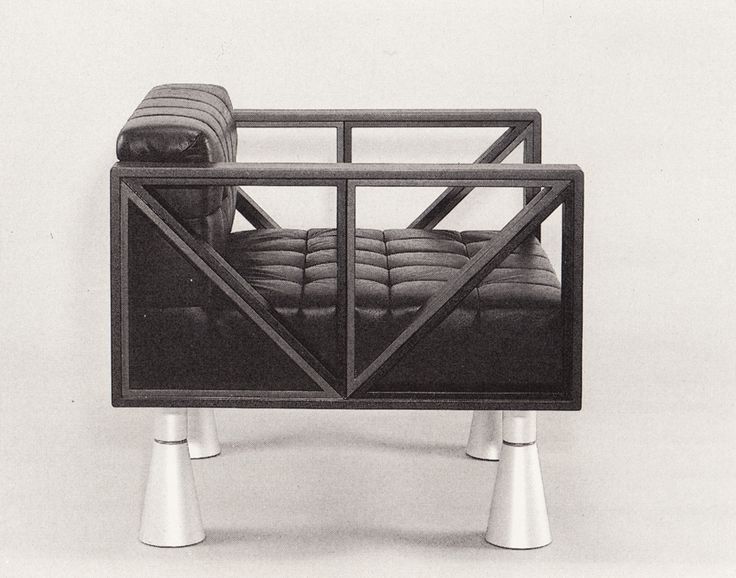
Nobuyoshi Araki
Painting Flower, 2004 : 2014
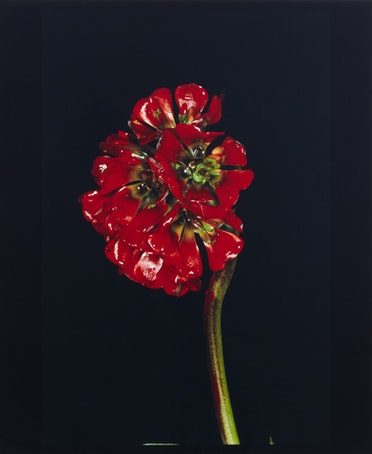
Bert Stern
Models Wearing Andre Courreges, Vogue, 1968
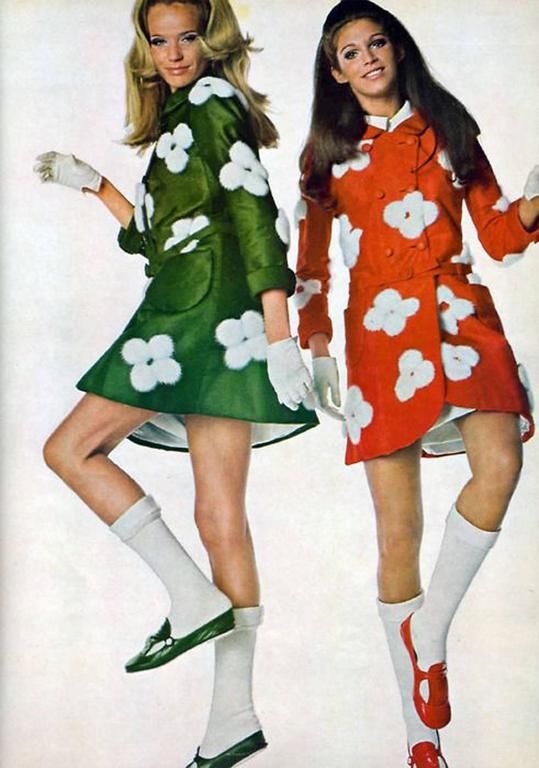
Hiroshi Sugimoto
Lightning Fields 225, 2009
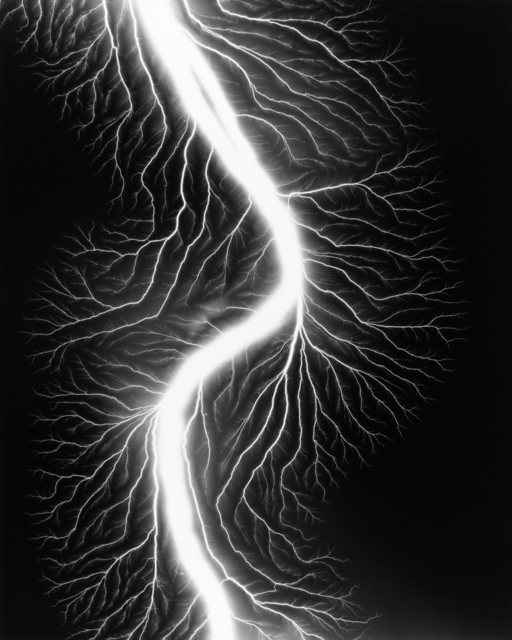
Isamu Noguchi
Planet in Transit #1, 1968 - 1972
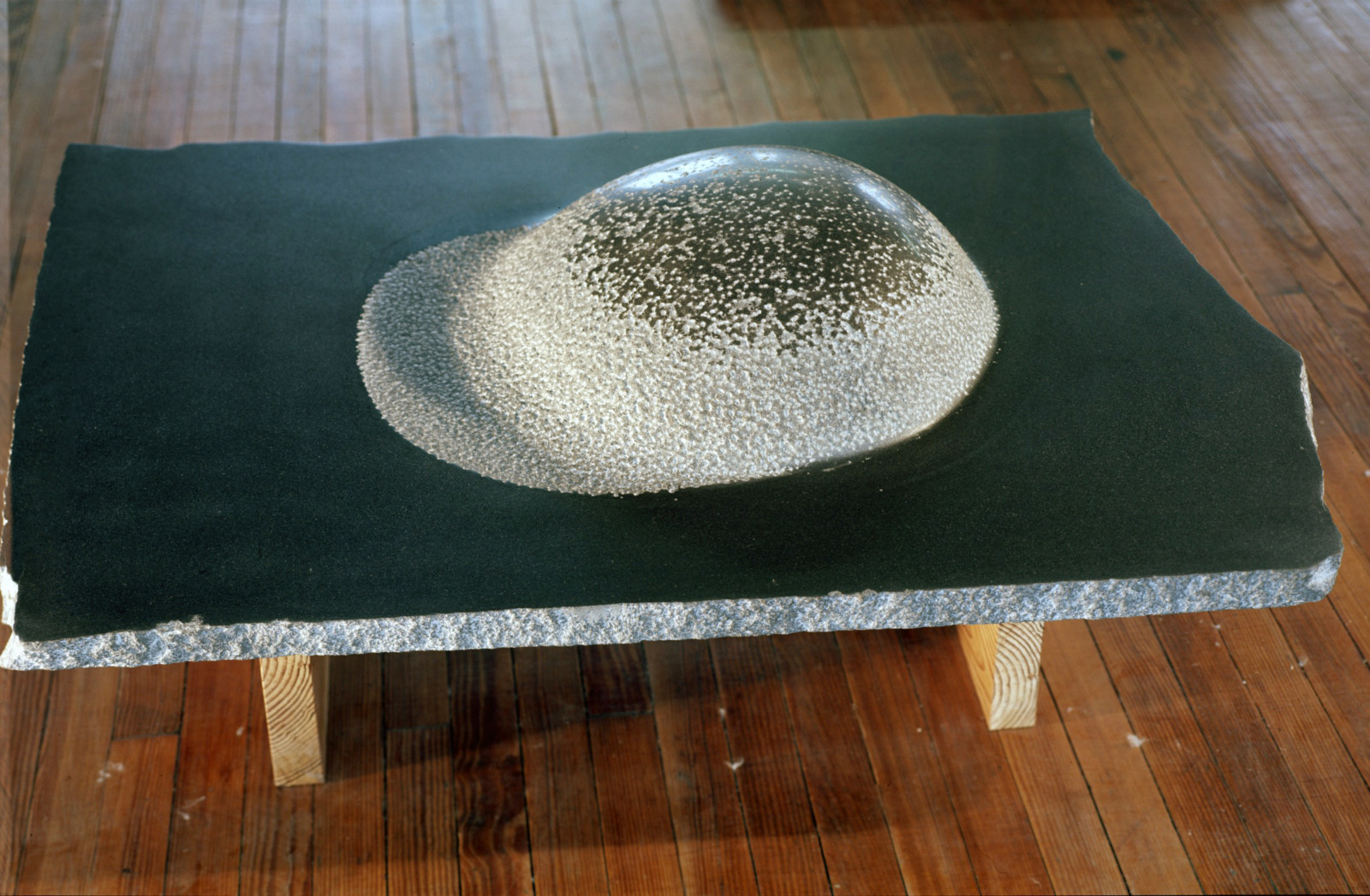
Nobuyoshi Araki
Untitled, from the series "Flowers and Jamorinsky", 2005-2006
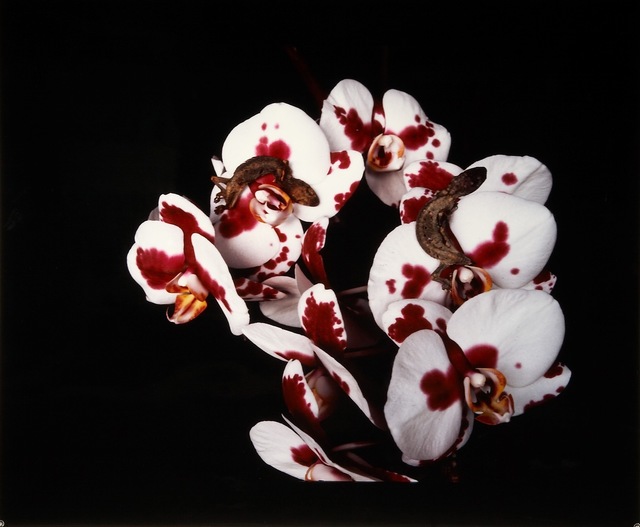
Richard Avedon
Twiggy, Vogue, July 1967
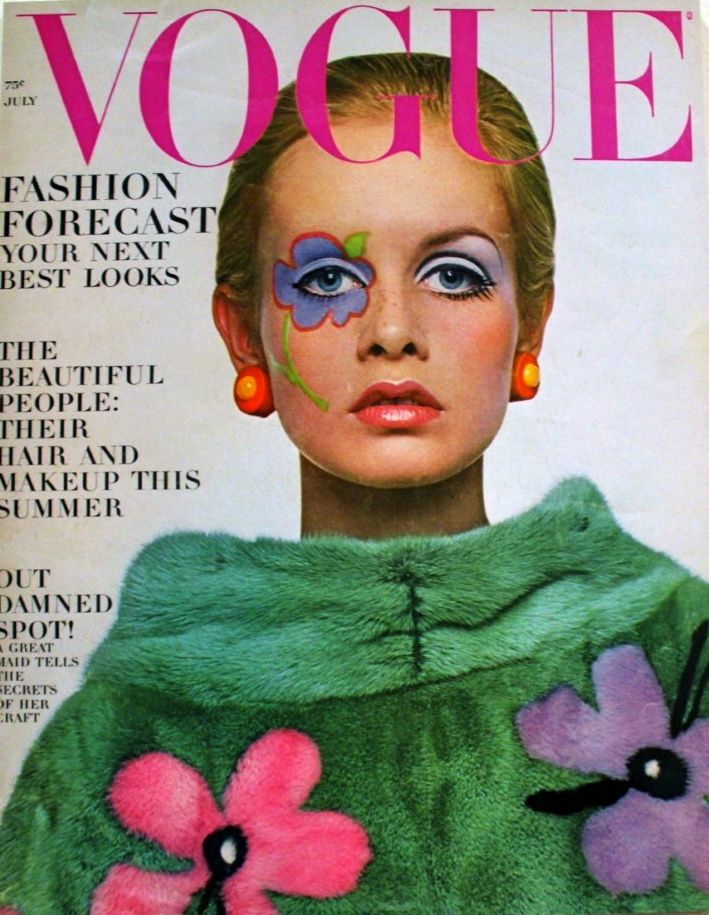
Takefumi Aida
Annihilation House, 1972, Yokohama, Japan
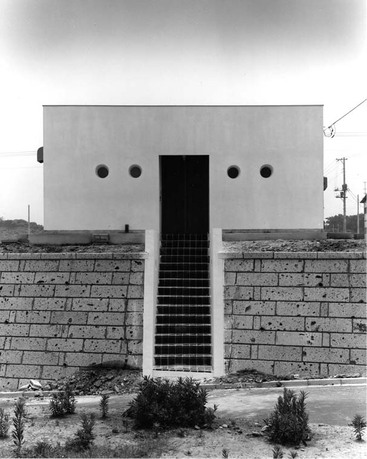
References
Mary Quant
Mod Ensemble, 1960d
1 of 18
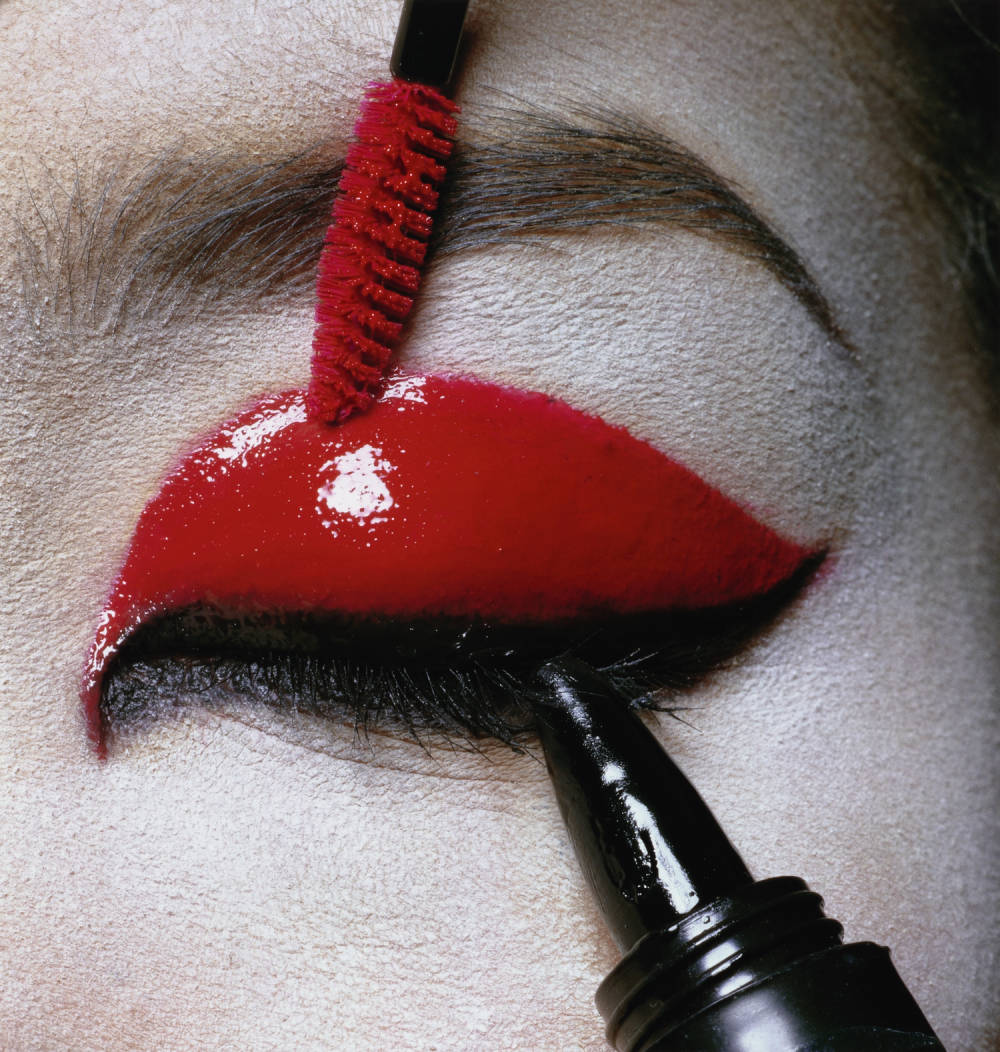
Irving Penn
Red-Lacquered Lid, New York, 1994
2 of 18
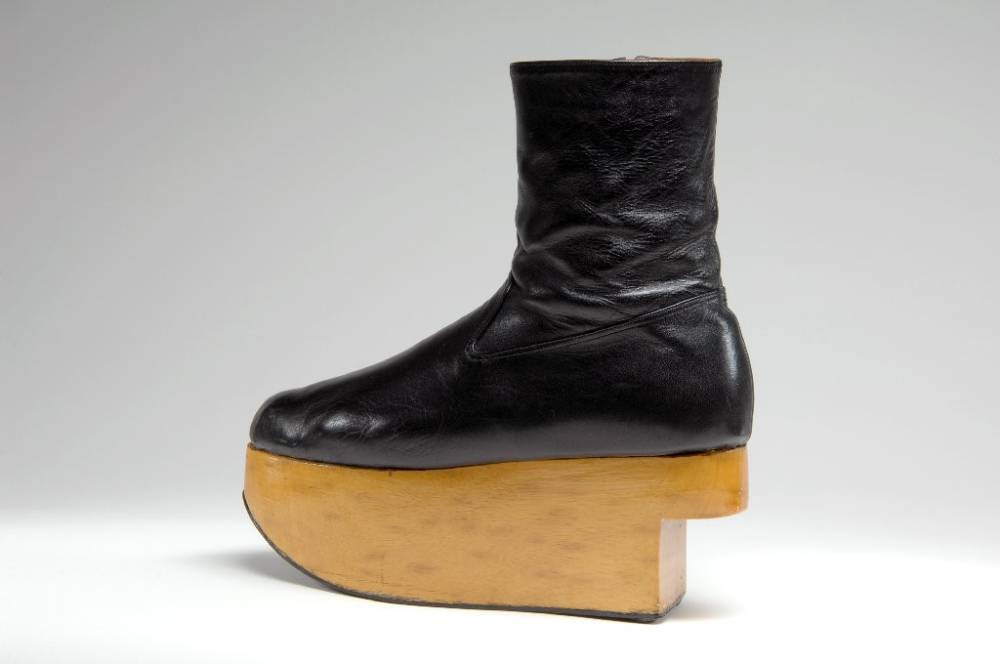
Vivienne Westwood
Rocking Horse Boots, 1985
3 of 18

Jean Burkhalter
Armchair, 1930
4 of 18
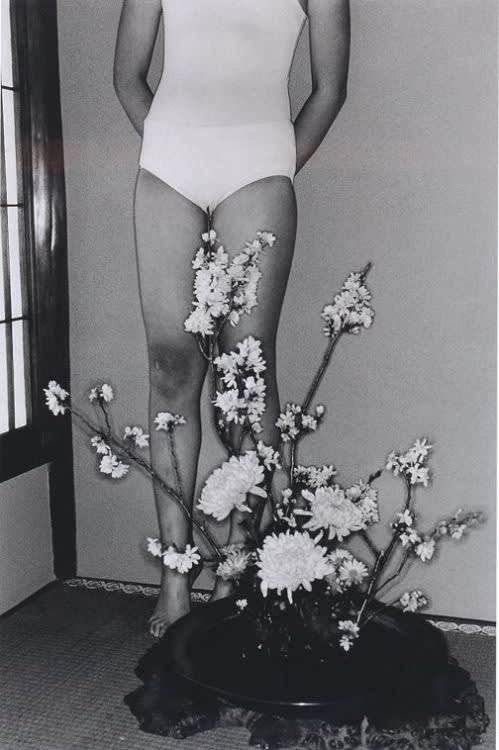
Nobuyoshi Araki
from the Erotos Series, 1993
5 of 18
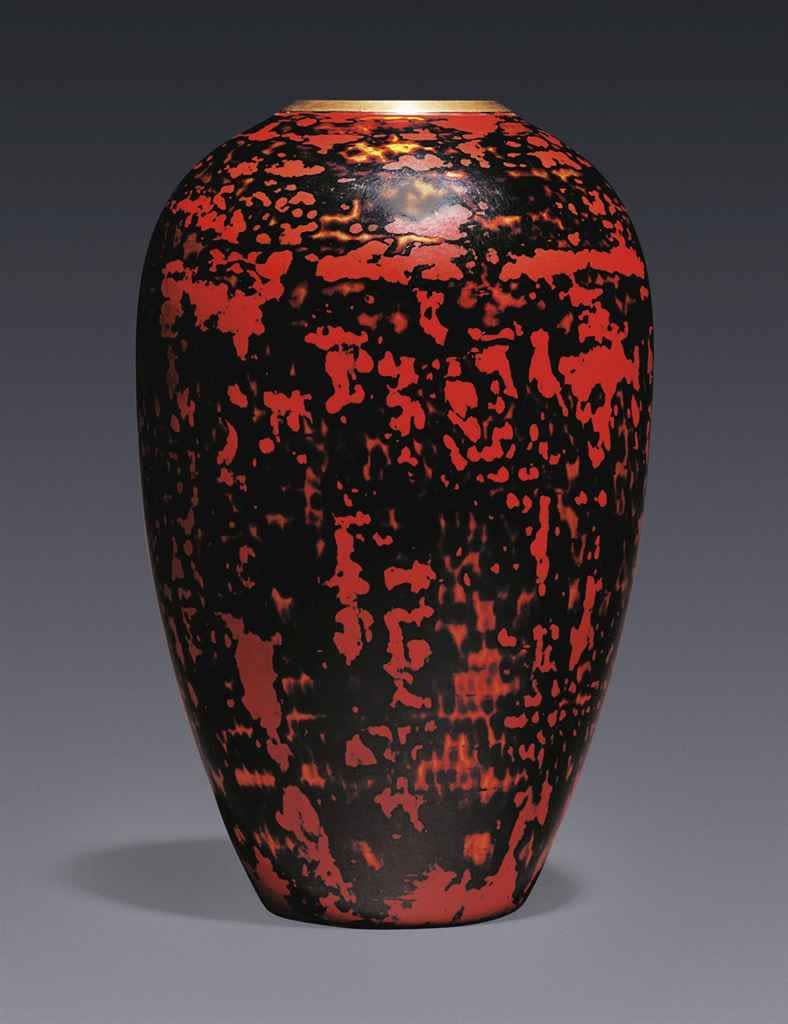
Jean Dunand
A Vase, Circa 1925
6 of 18
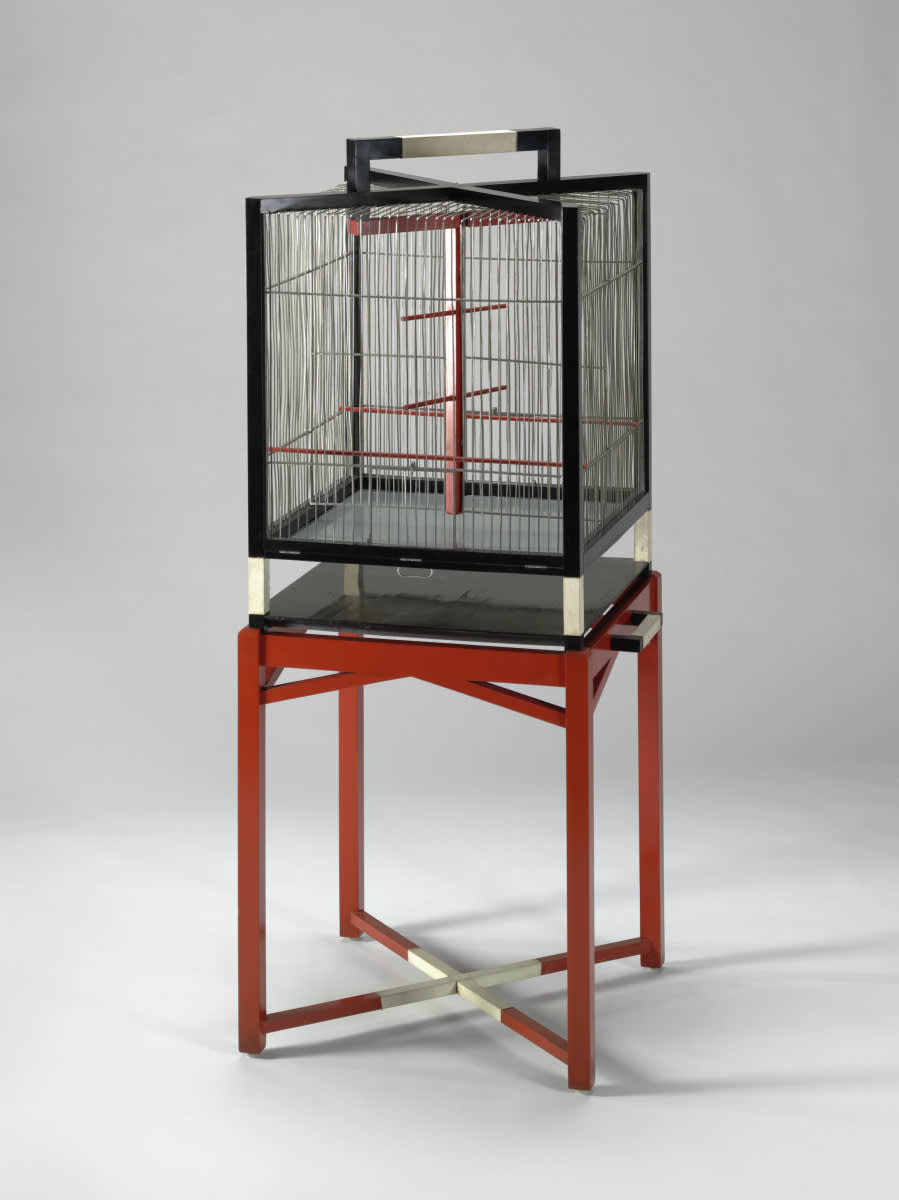
Pierre Legrain
Bird Cage on Stand (for Jacques Doucet residence, Paris, France), 1925
7 of 18
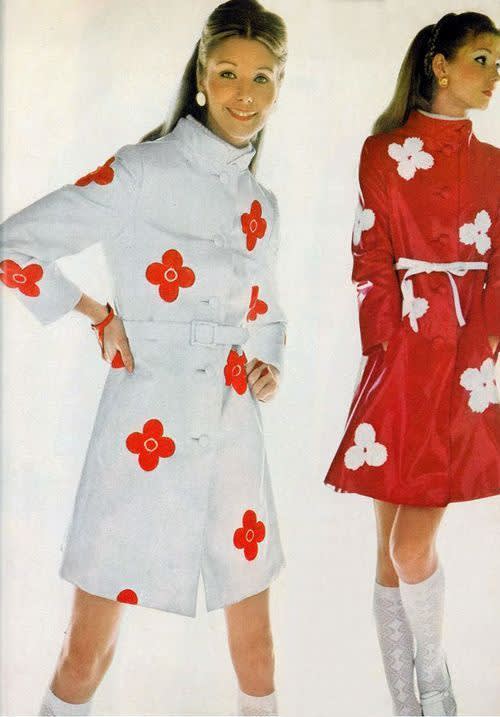
Bert Stern
Vogue, 1968
8 of 18
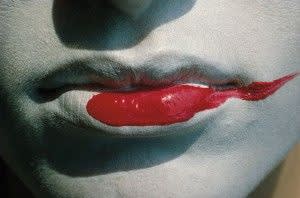
Helmut Newton
Lips, Vogue 1983
9 of 18

Kisho Kurokawa
Nakagin Capsule Tower, 1972, Chūō-ku, Japan
10 of 18
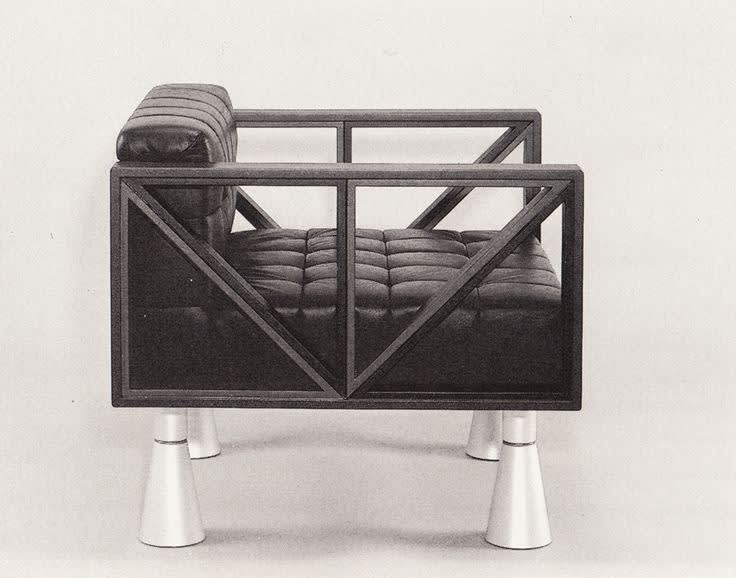
Kisho Kurokawa
Edo Armchair, for Tendo Co.
11 of 18
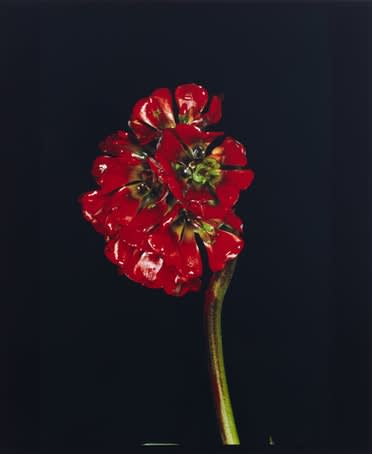
Nobuyoshi Araki
Painting Flower, 2004 : 2014
12 of 18
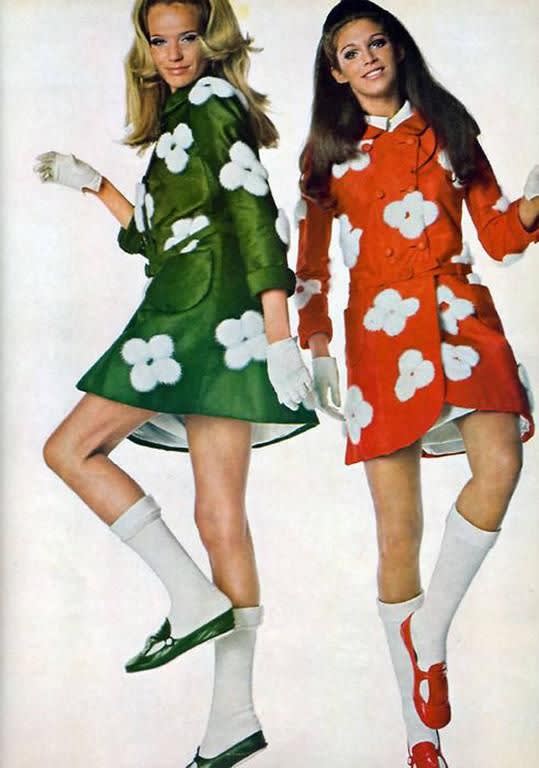
Bert Stern
Models Wearing Andre Courreges, Vogue, 1968
13 of 18
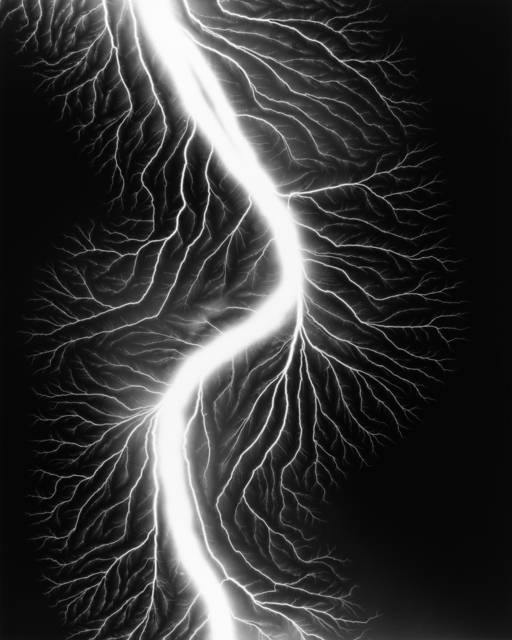
Hiroshi Sugimoto
Lightning Fields 225, 2009
14 of 18
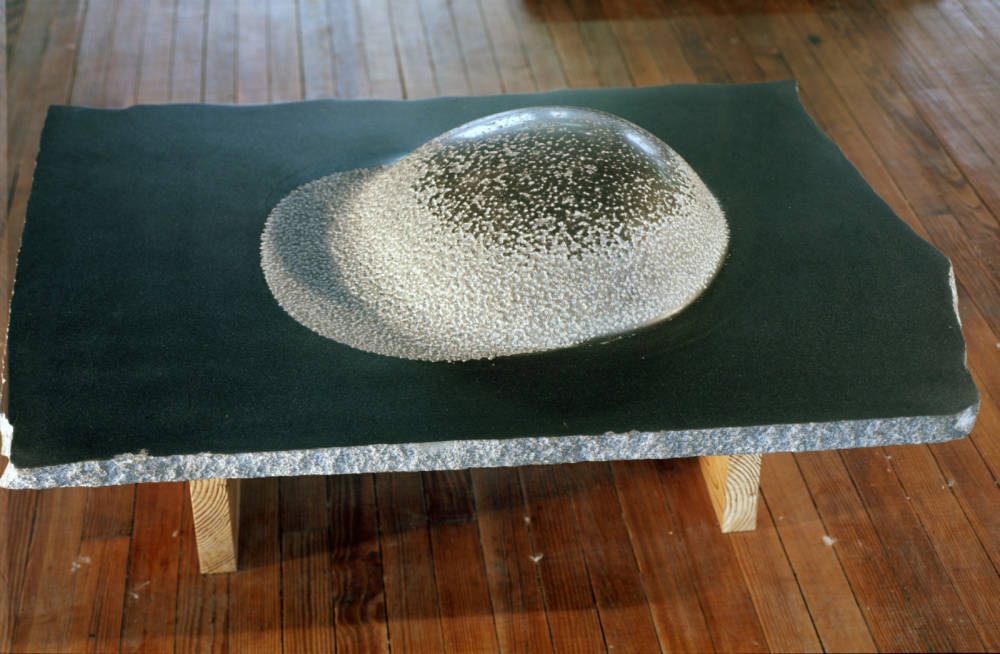
Isamu Noguchi
Planet in Transit #1, 1968 - 1972
15 of 18
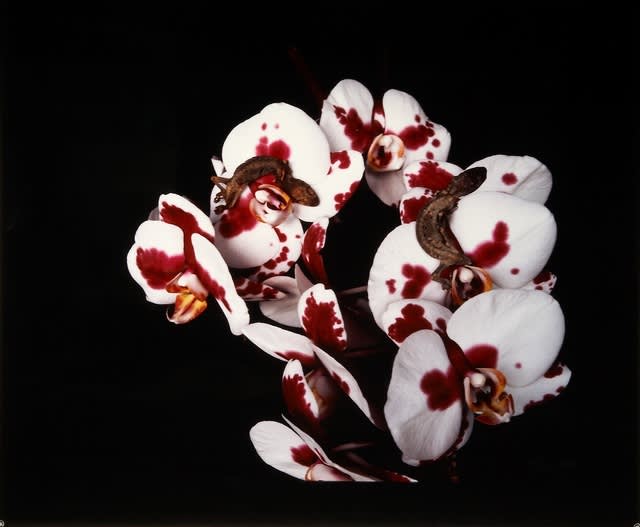
Nobuyoshi Araki
Untitled, from the series "Flowers and Jamorinsky", 2005-2006
16 of 18
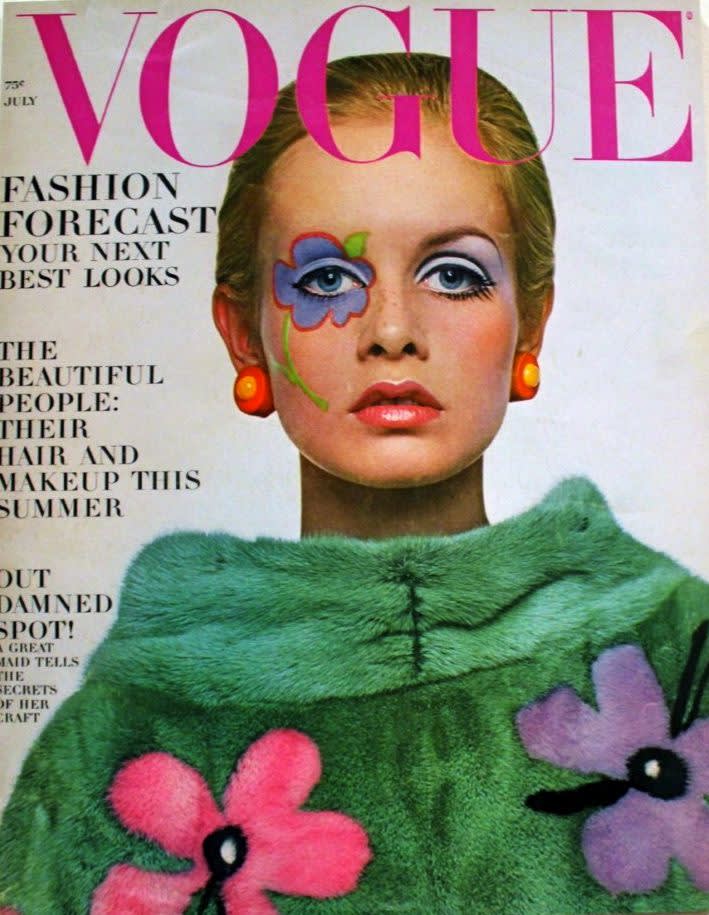
Richard Avedon
Twiggy, Vogue, July 1967
17 of 18
